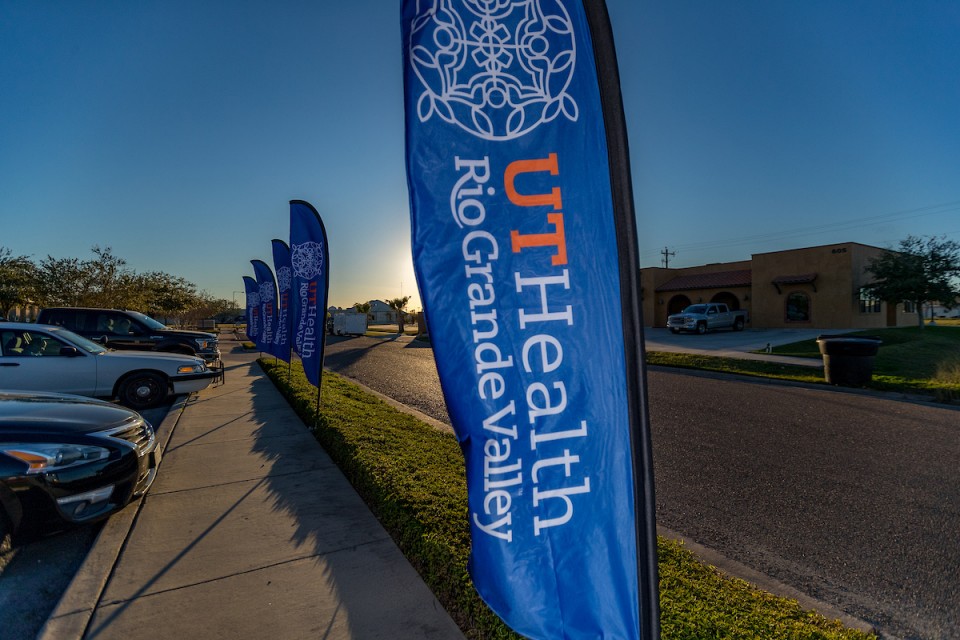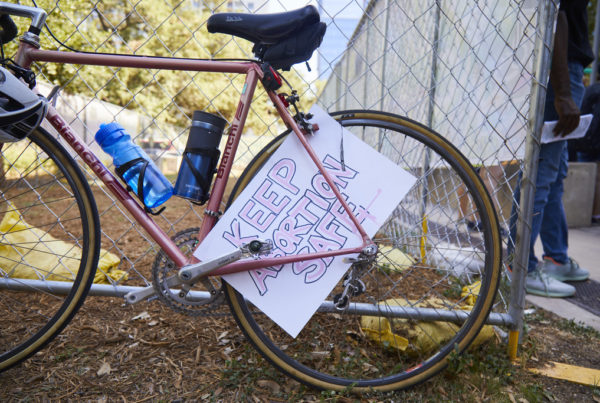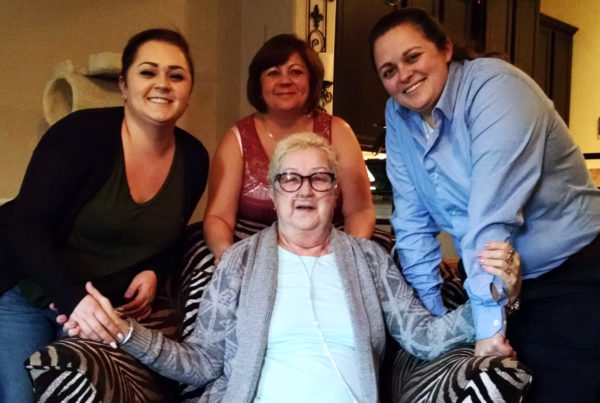The University of Texas Rio Grande Valley is now home to a first-of-its-kind institution in Texas: the state’s first school of podiatry to train future medical specialists in diagnosing and treating foot and ankle problems.
The UTRGV School of Podiatric Medicine – one of only 10 schools in the nation to grant Doctors of Podiatric Medicine – is now accepting applications for its inaugural class of 40 students, 90% of which will be from in-state. Dr. Javier La Fontaine, who has been appointed the school’s inaugural dean, joined Texas Standard to talk about the importance of this new program in South Texas.
This transcript has been edited lightly for clarity:

Dr. Javier La Fontaine
Texas Standard: Why is this program especially needed in South Texas?
Dr. Javier La Fontaine: This program is imperative for the community down in Rio Grande Valley. Especially to the foot and ankle, diabetes tends to influence a lot of our work. The prevalence and incidence of diabetes is approaching 26% down here in the Valley. So giving an opportunity for the students in this area to have a health profession close to their home, train, maybe stay here and provide some care that is much-needed down here is absolutely amazing for us.
How did UTRGV become the only university in Texas with a school of podiatry?
I think the Legislature saw the need of foot and ankle care down in the community, in the Valley, and the fact that the prevalence of diabetes is high. I think it was a perfect mix to have the school of podiatric medicine in an area that needs providers and having it together with the UTRGV system.
What are the common foot complications related to diabetes?
Diabetes basically affects the foot in two ways: It causes neuropathy, or numbness in the patient’s foot or feet, and it affects the circulation or the blood flow to the extremity. So basically, what most of these patients go through is some type of trauma to the foot where they create a wound, and they don’t feel that the wound is at the bottom of the foot. That gets to an infection. Then if you have bad circulation, it leads to amputation.
Tell us a little bit about the program itself. What does it take to be a podiatrist?
It requires basically the undergraduate schooling, let’s say 90 credit hours. Then podiatric medicine has a four-year podiatry school. The first two years [is] basic science. The third and fourth year is mostly clinical training. And then after that, you do your residency program, which is three years. That’s where you learn clinical skills and surgical skills.
How are you going to keep graduates in South Texas? That’s got to be a priority.
It is a priority. That’s the mission of this UTRGV School of Podiatric Medicine. We want to train podiatric physicians and surgeons and try to keep him here in Texas. Interestingly, we have noticed that just looking at other data, that a lot of students want to leave, but they end up coming back. So many of them will get probably our education, may go and do residency training in another state, but it seems like most of them want to come back specifically to the areas where they were raised.
What’s the main obstacle to keeping newly trained doctors in a place like the RGV? Is it salaries?
Yeah, I think the main obstacle, you hit it right on the nail, is probably salary and being able to make a practice. For example, many students that pursue this career may have a career in just general foot and ankle problems – let’s say treating fractures and bunions and things like that.
If you come down here, most likely you’re going to end up seeing some type of foot pathology related to diabetes. Many students don’t really want that on their practice, or many new doctors don’t want to see that in their practice. So, I think salary and preference of what type of practice you want.
















